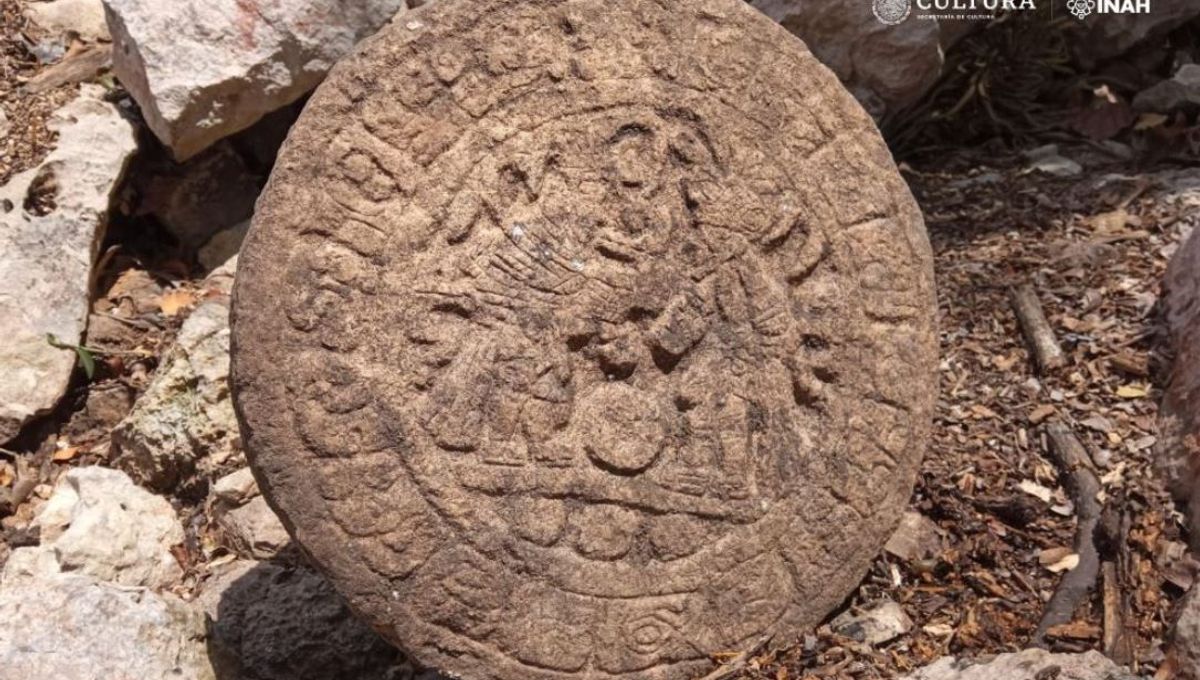
A stone disk depicting an ancient Maya ball game has been unearthed at the iconic site of Chichén Itzá in southern Mexico. Known simply as ‘pelota’ (‘ball’), the sport is believed to have played a significant role in the social and political life of the Maya Empire, and archaeologists think the artifact may commemorate a match that was played more than 1,100 years ago.
The piece has been named the Disk of the Pelota Players and is engraved with the image of two figures wearing traditional pelota kit, surrounded by a band of glyphic text. Within the inscription, researchers found a reference to a date in the Maya calendar which equates to the year 894 CE.
Measuring 32.5 centimeters (12.8 inches) in diameter and weighing 40 kilograms (88.2 pounds), the artifact was found within a structure called the Casa Colorada (Colorful House). Named in honor of its red-painted interiors, the complex – also known as Chichanchob – featured its own pelota court.
“It’s rare to find hieroglyphic writing at this site, and even rarer to find a complete text,” said archaeologist Francisco Pérez Ruiz in a statement released by Mexico’s National Institute of Anthropology and History (INAH). “It’s been 11 years since that happened.”
Based on the date mentioned in the inscription, the disk likely dates back to the Terminal Classic or Early Postclassic Maya period. According to Pérez Ruiz, the piece probably marked an important event regarding a pelota match that took place at the Casa Colorada at this time.
Describing the engraved image, archaeologist Santiago Alberto Sobrino Fernández explained that “the character on the left is wearing a feathered headdress and a sash that features a flower-shaped element, probably a water lily. In line with the face is a scroll, which may be interpreted as breath or voice.
“The opposing player wears a headdress known as a ‘snake turban’, which has been seen represented numerous times at Chichén Itzá. The individual wears protective clothing for playing pelota.”
The identity of the players commemorated on the disk remains unknown, as does the outcome of the match – although further interpretation of the inscription may reveal both the nature of the contest and the final score.
Chichén Itzá is located in the Yucatan Peninsula and was one of the largest Maya cities. The site features a central pelota court which is significantly bigger than that at the Casa Colorada, and is thought to have hosted countless matches during its heyday.
Pelota was typically played with a rubber ball that players propelled using their hip, elbow, or knee. Researchers believe the game carried a symbolic significance, and previous studies have indicated that some pelota balls even contained the ashes of dead Mayan rulers.
Source Link: Ancient Maya Ball Game Scoreboard From Match Played In 894 CE Discovered